Branden Farmer, co-founder of Polygon, suggests that the problem of inscription spam affecting blockchain networks could be addressed by employing parallelized Ethereum Virtual Machines (EVMs). Inscriptions, a type of digital collectible created by embedding data into the calldata or witness fields of a blockchain transaction, have led to performance degradation and network crashes on various blockchains.
Inscriptions originated on the Bitcoin network, and after the Taproot upgrade in 2021, users found that they could embed data into the “witness” field of a transaction. This allowed for the creation of digital collectibles on the Bitcoin blockchain. The trend extended to Ethereum sidechains and layer-2 solutions, where inscriptions written into the “calldata” field of an EVM-based network led to lower costs for creating collectibles compared to traditional non-fungible tokens (NFTs).
However, the surge in inscription transactions caused high fees and network instability. Parallelized EVMs, according to Farmer, could be a solution. In a parallelized EVM, unrelated transactions can be processed simultaneously rather than sequentially. This parallelism can increase the throughput of blockchains, allowing them to better handle spam transactions.
Farmer explained that in the current EVM setup, transactions are processed sequentially, regardless of whether they are NFT transactions or Uniswap transactions. With a parallelized EVM, unrelated transactions can be processed simultaneously, leading to an increase in overall throughput. This approach can also help in localizing gas fees to specific areas of contention, allowing the network to handle spam more effectively.
While the “localized gas fee” feature has not been implemented on Polygon yet, it is one of the goals. The Polygon team has already implemented “Block-STM,” a step towards parallelization, resulting in a 1.6x improvement in performance. Farmer highlighted that parallelization, initially proposed by Solana developers, is being implemented on various blockchains, including Aptos and Monad, to improve overall network performance. The Ethereum ecosystem is exploring parallelization combined with an increase in block space through layer-2 ecosystems, such as Polygon 2.0.




